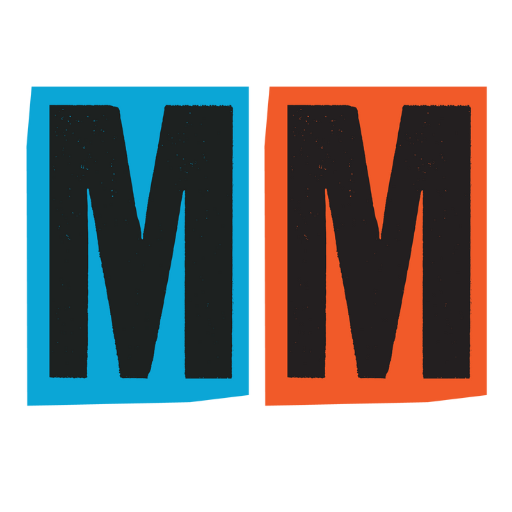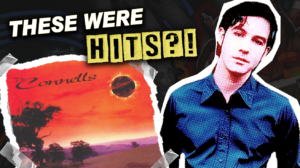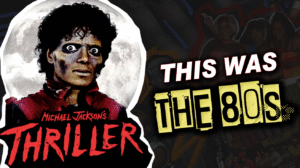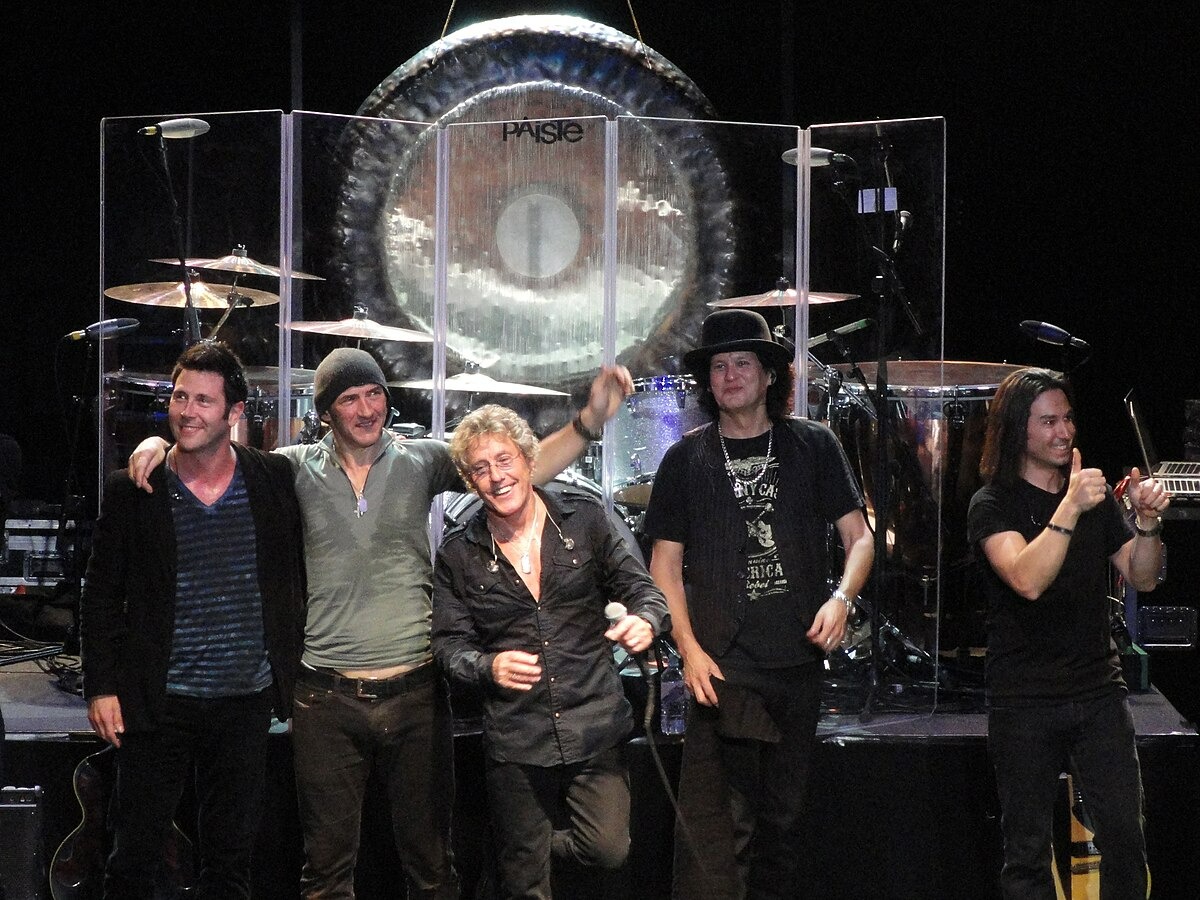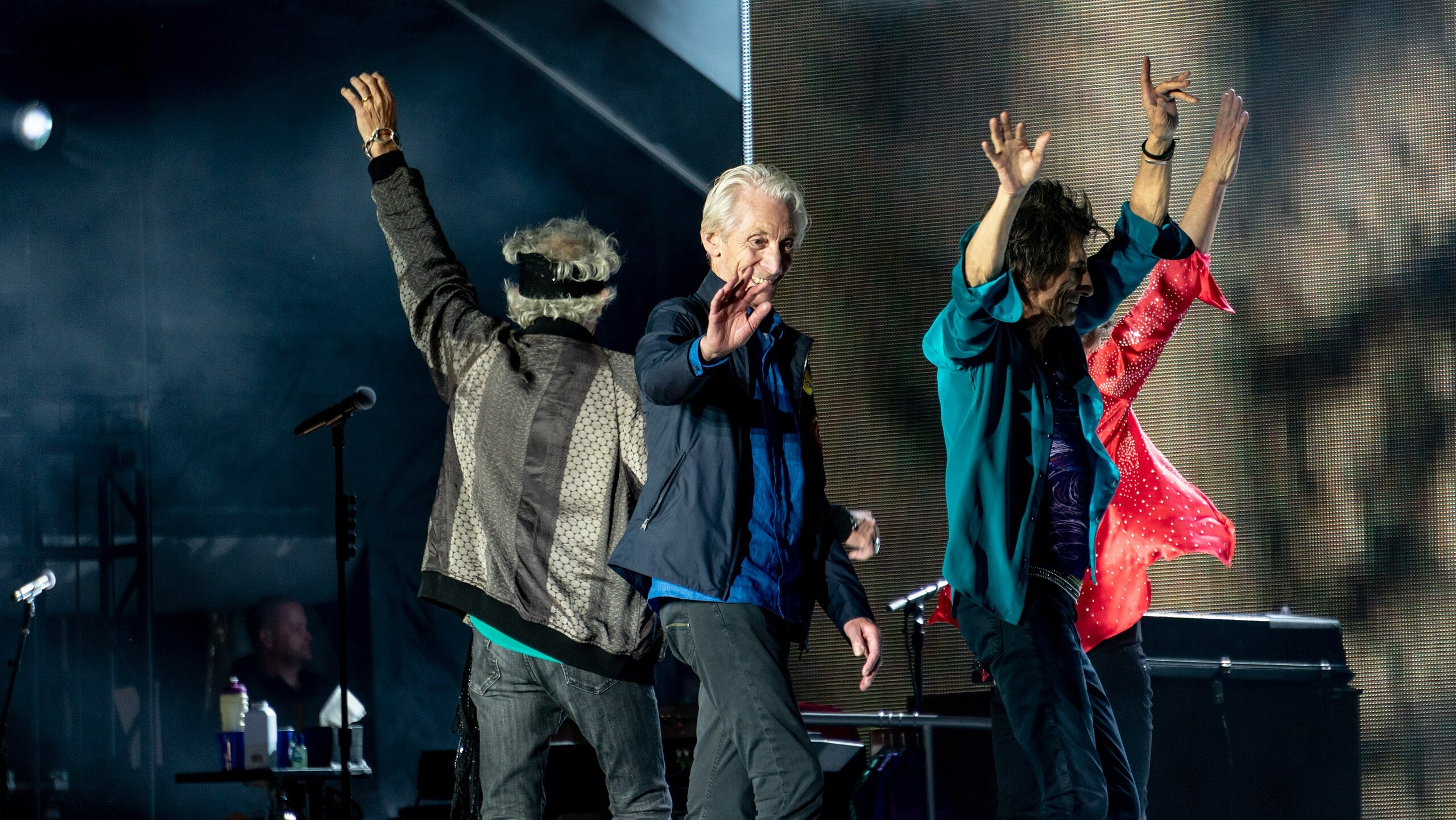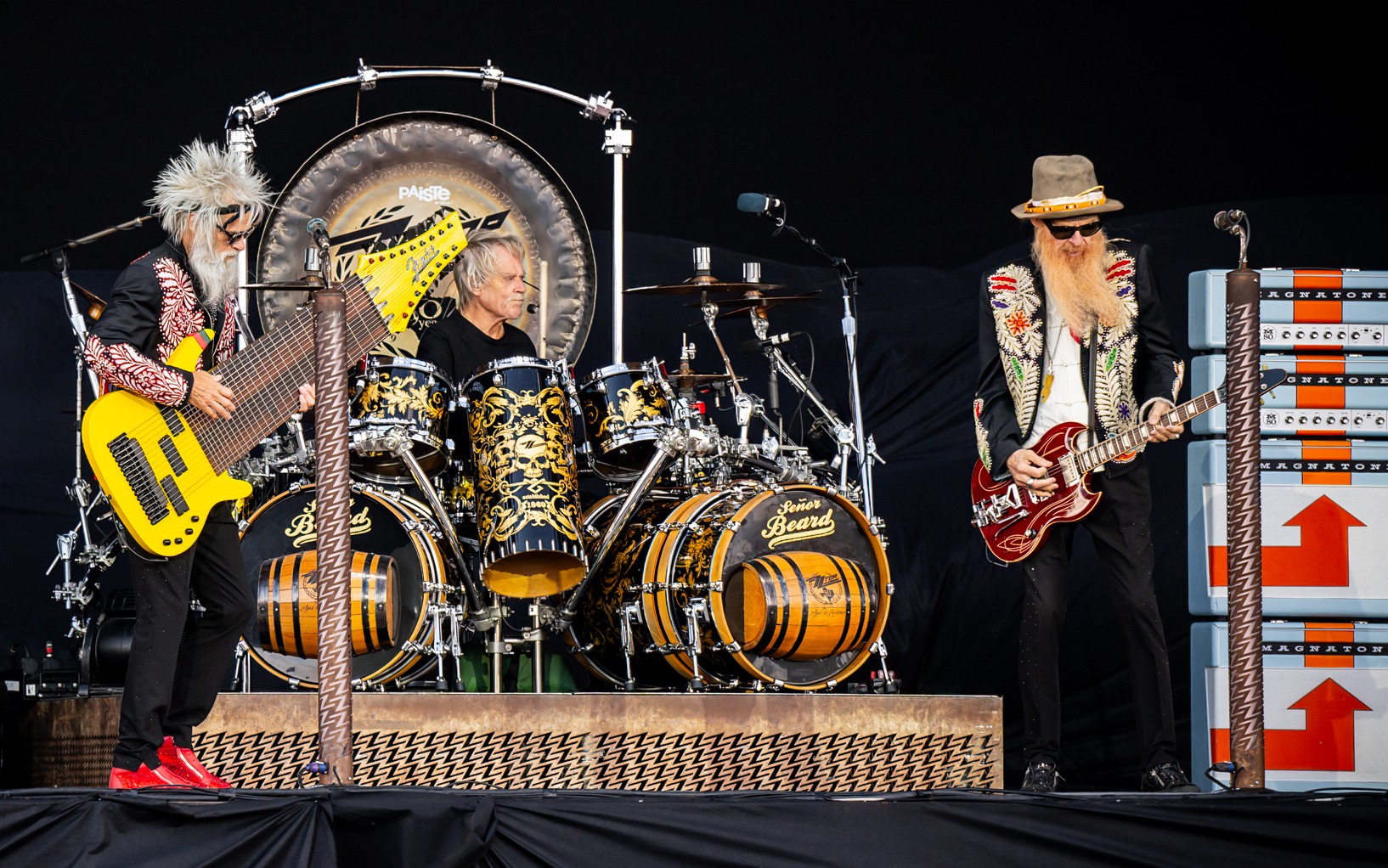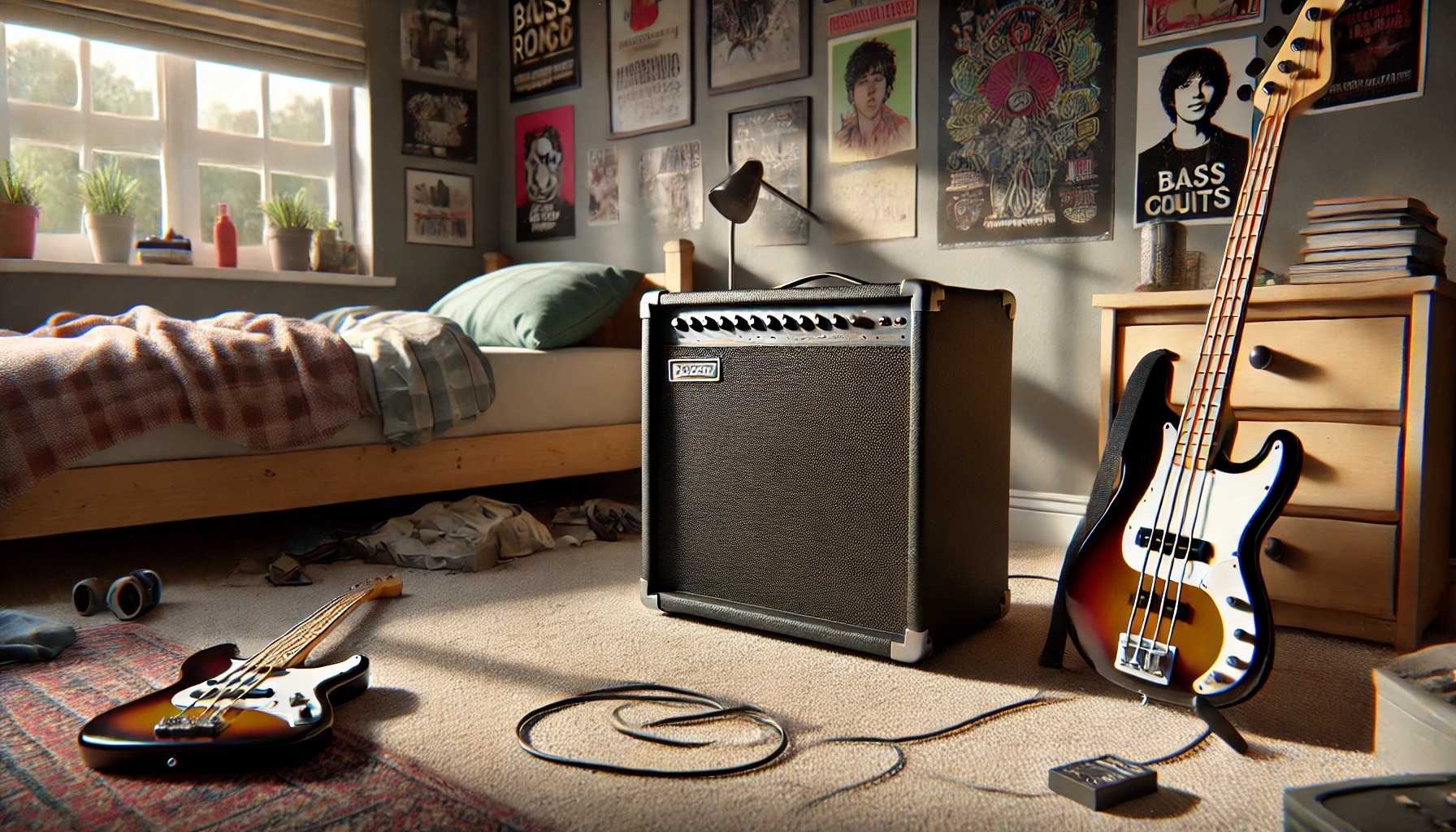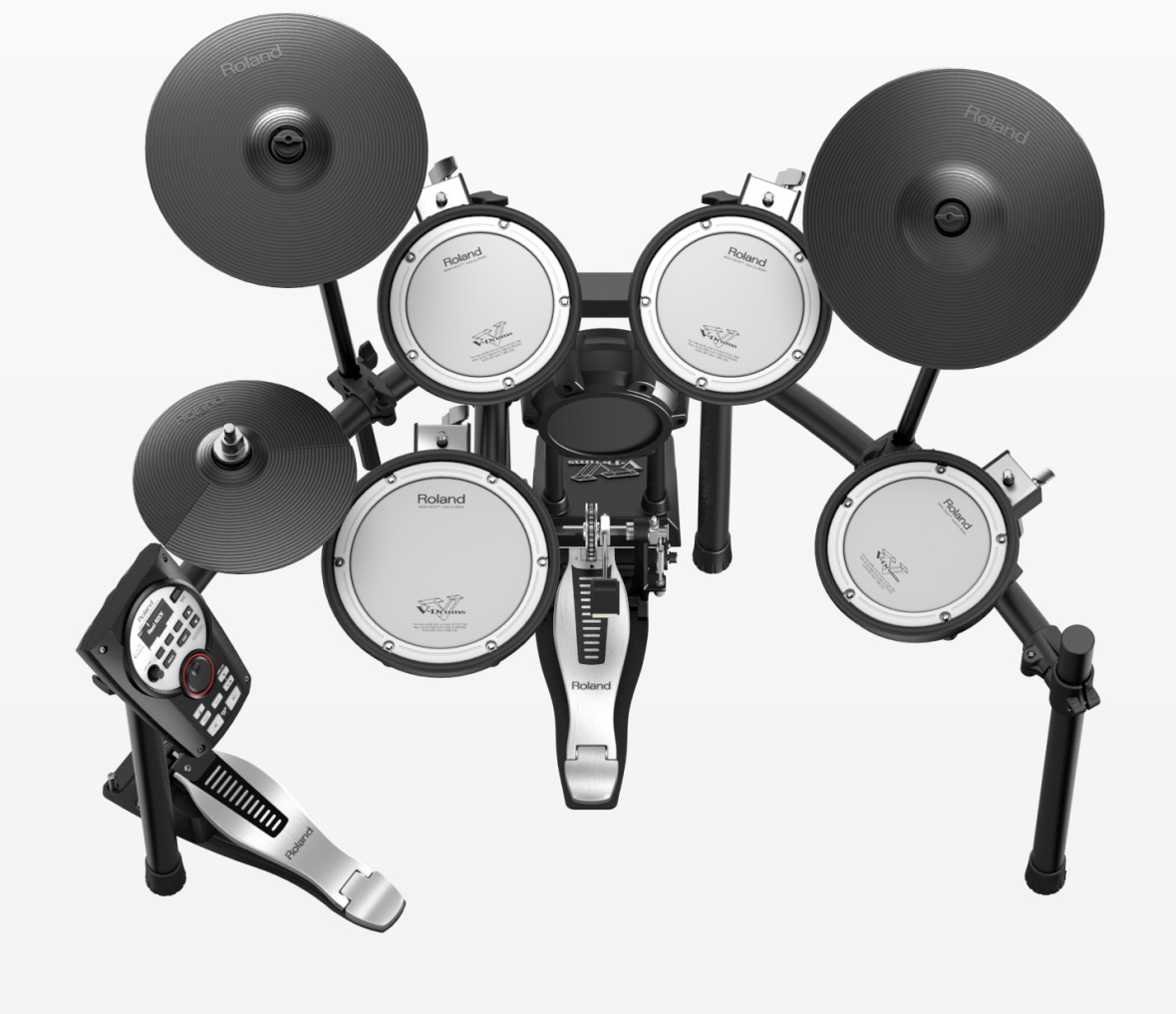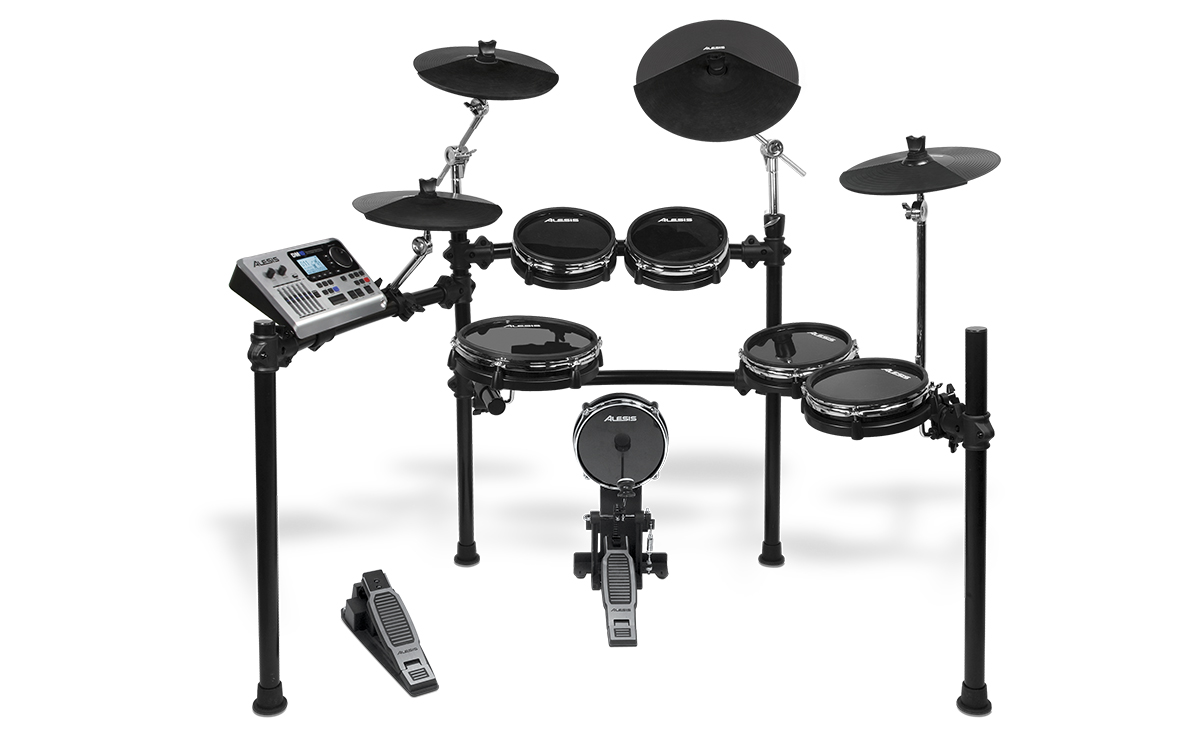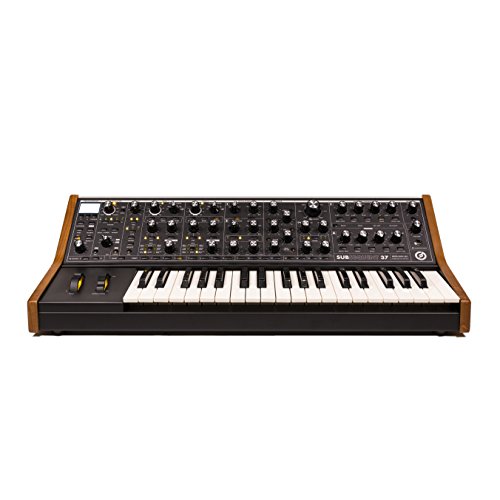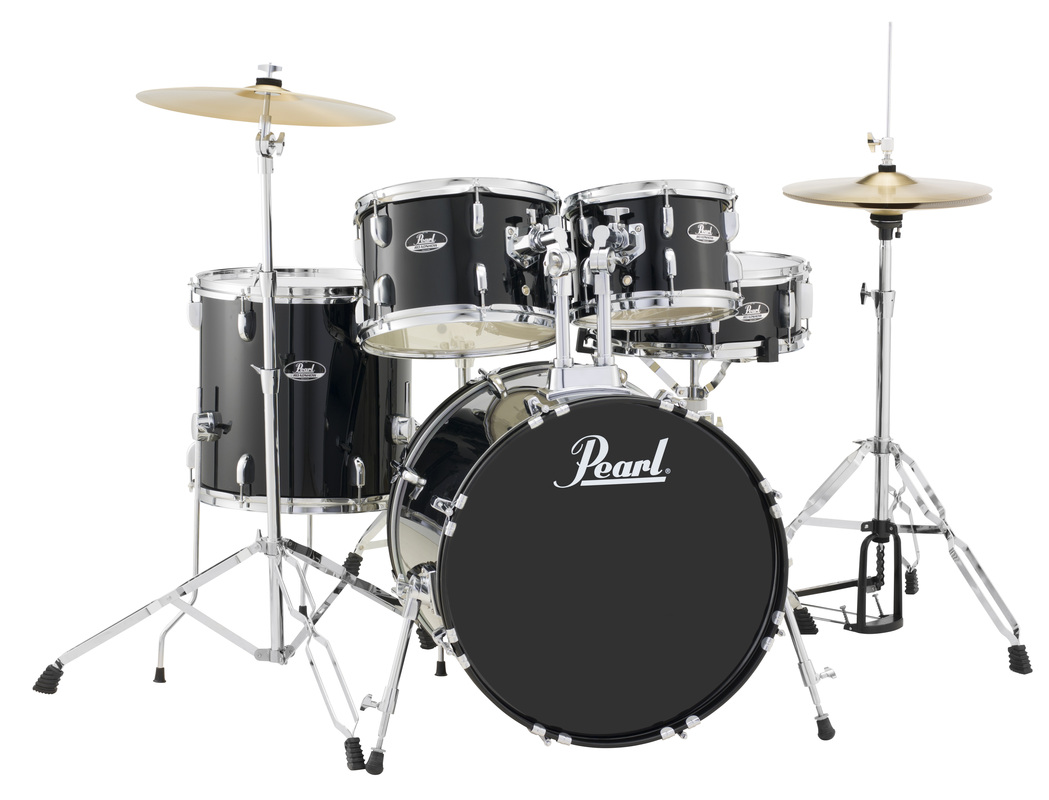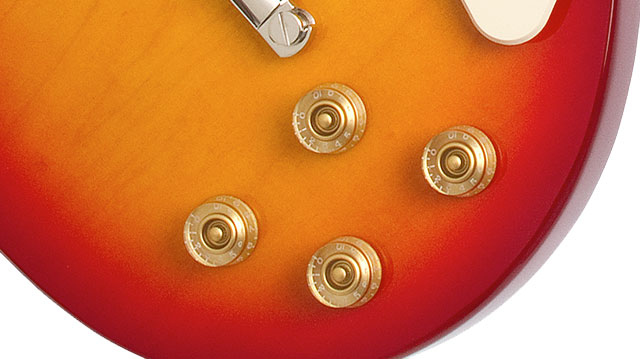
16. What was the name of the famous doll line that debuted in the 80s with distinctive yarn hair and unique “birth certificates”?

Cabbage Patch Kids
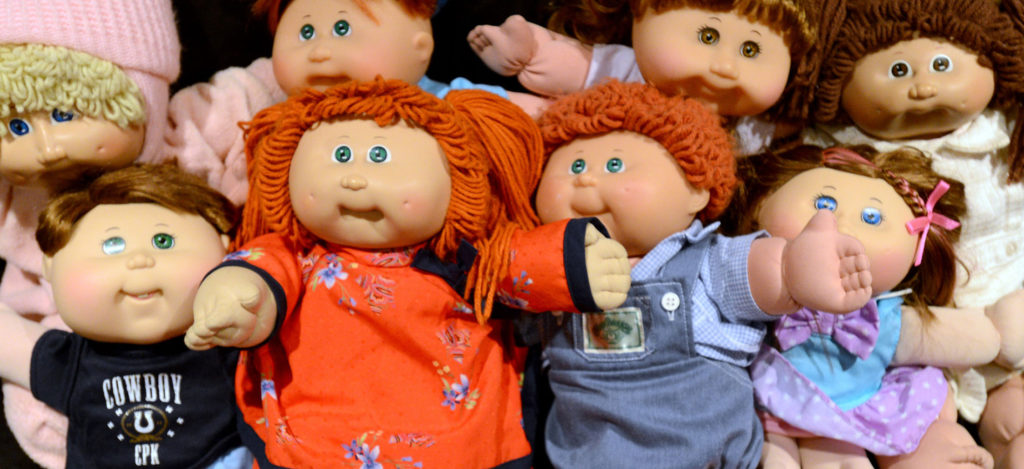
If you lived through the Cabbage Patch craze, you probably remember the holiday shopping battles that made evening news. Each doll underwent 16 separate quality checks before receiving its “birth certificate”—a detail that transformed simple toys into adoptable companions. When demand exploded, factories switched to three-shift production schedules, boosting monthly output from 50,000 to 500,000 dolls. That unprecedented production leap didn’t just satisfy demand—it revolutionized how the toy industry handled cultural phenomena.
15. Which 1980s character famously said, “I pity the fool”?

Mr. T

Mr. T’s influence burst through the screen and into ’80s popular culture with the force of one of his signature takedowns. His Saturday morning cartoon captured young imaginations across 47 episodes, while parents wondered about those 8.5 pounds of gold chains he never seemed to take off. If you watched TV in the ’80s, you couldn’t escape his catchphrases—they even turned up in school playgrounds. The tough-talking star’s action figures flew off shelves, generating $2.5 million in their first quarter, proving that sometimes the most memorable characters are the ones who break all the rules.
14. Which popular board game, introduced in the 1980s, became a household favorite?

Trivial Pursuit
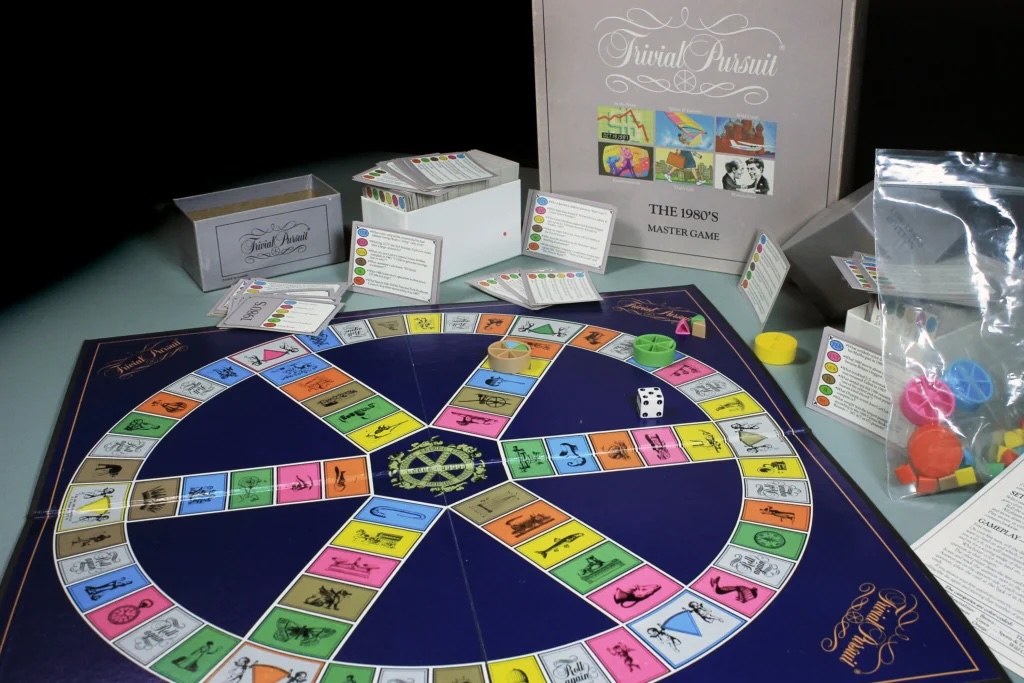
Working late nights over countless cups of coffee, Chris Haney and Scott Abbott combed through 100 almanacs to create Trivial Pursuit’s challenging questions. The game’s six distinct knowledge categories turned dinner parties into competitive arenas, where knowing obscure facts finally paid off. While three dedicated printing facilities worked overtime to meet demand, Canadian game stores maintained waitlists exceeding 50,000 orders. This wasn’t just another board game—it sparked a revolution in adult social gaming that still influences game nights today.
13. What electronic toy, introduced in 1980, featured a small robot-like character and a screen for learning and playing games?

Speak & Spell
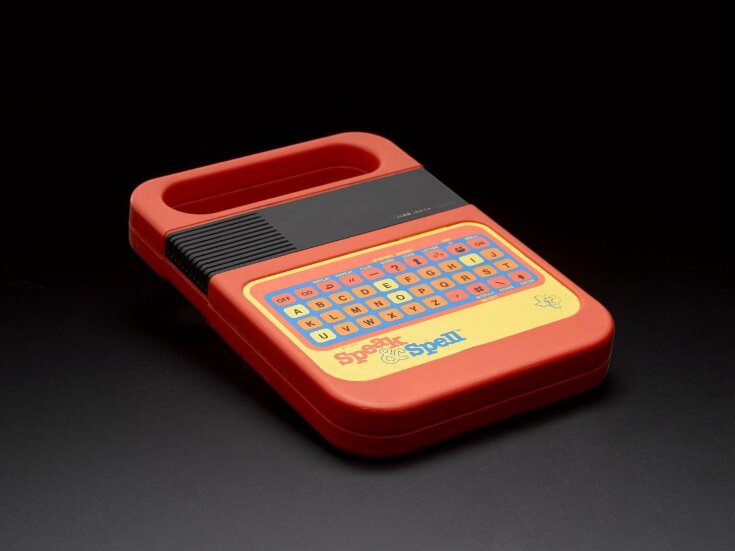
Back when computers filled rooms, Texas Instruments squeezed a digital vocabulary into a handheld device that changed how kids learned. The Speak & Spell’s breakthrough speech synthesizer chip mastered 200 words with crystal clarity—something you might take for granted on today’s smartphones. While engineers developed multiple language versions between 1980 and 1985, parents discovered their kids actually wanted to practice spelling. That revolutionary marriage of education and entertainment didn’t just teach words—it sparked an era of interactive learning.
12. Which 80s TV show featured a high-tech car with artificial intelligence?

Knight Rider
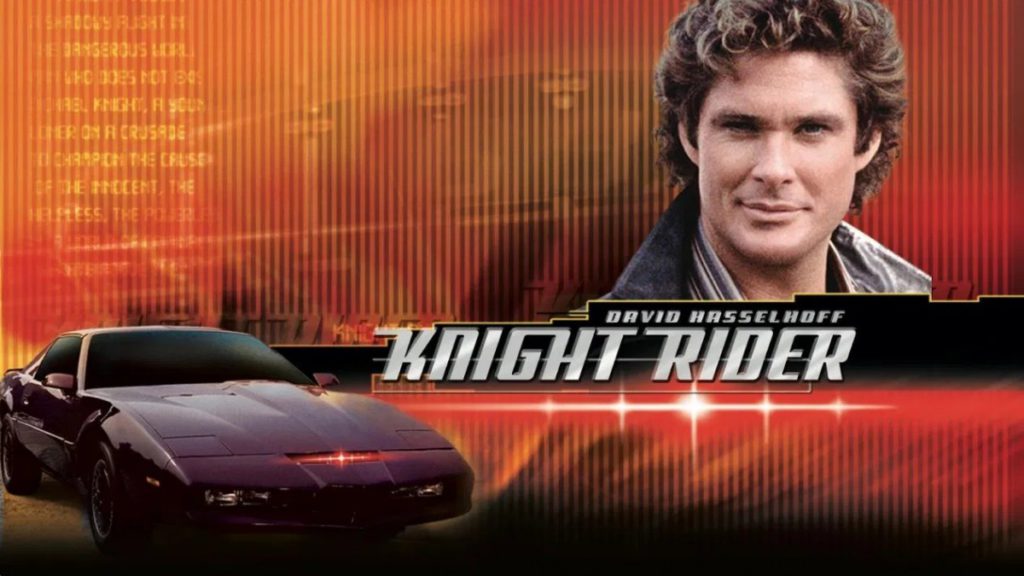
While today’s cars talk to us through digital assistants, KITT was having full conversations back in 1982. The modified 1982 Pontiac Trans Am required 18 different versions just to capture all the show’s stunts and effects. Each dashboard featured 28 functional LED displays using genuine aircraft warning lights—technology that would look at home in modern vehicles. Knight Rider didn’t just entertain—it previewed the future of automotive technology that you’re probably using right now.
11. Which famous boxer won his first world heavyweight title in 1986 at the age of 20?

Mike Tyson
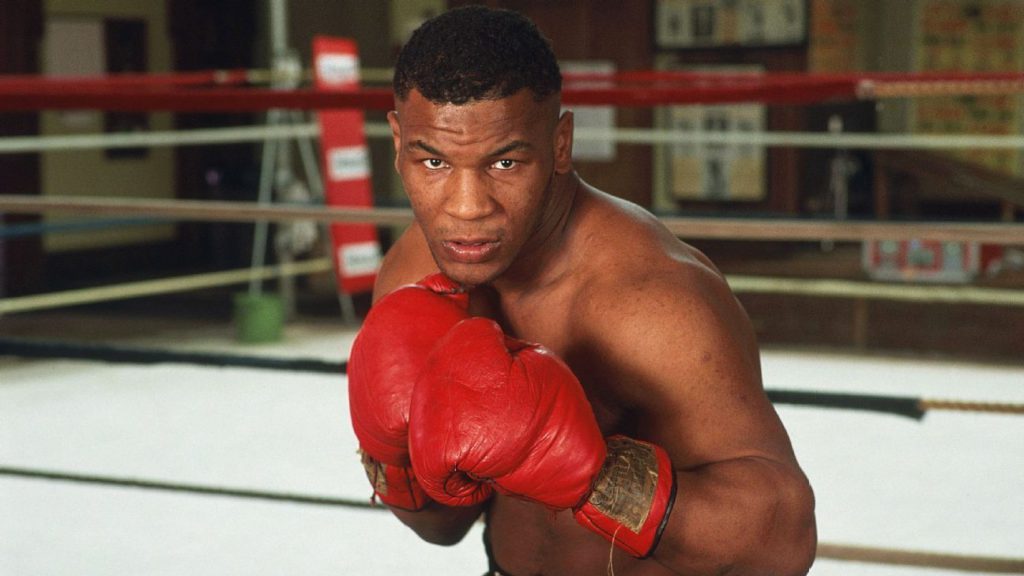
November 1986 marked a seismic shift in boxing when Mike Tyson stepped into the ring against Trevor Berbick. At just 20 years and 4 months old, Tyson claimed the WBC heavyweight title with a second-round technical knockout. His explosive combination of speed and power revolutionized heavyweight boxing, leading to 37 victories, with 33 by knockout, during his initial championship run. The young champion’s impact on boxing extended beyond statistics, as television ratings for heavyweight bouts increased by 40% during his early reign.
10. Which toy had the tagline “More than meets the eye” in 1984?

Transformers
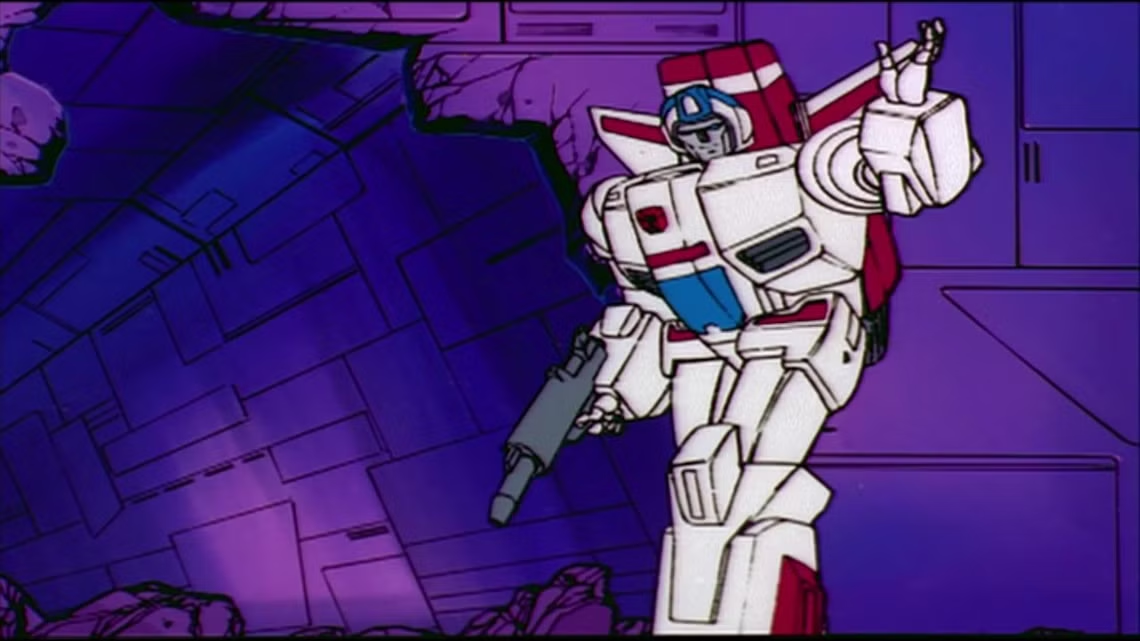
The Transformers line didn’t just change toys—it completely reimagined what plastic could do. Engineers cracked 42 unique transformation mechanisms while you were still figuring out how to convert Optimus Prime from truck to robot. The animated series brought together 112 voice actors to breathe life into these mechanical characters. Japanese manufacturer Takara’s 15 original mold designs didn’t just create toys; they built a universe that still captures imaginations four decades later.
09. Which 1980s movie is famous for the quote, “Nobody puts Baby in a corner”?

Dirty Dancing

“Dirty Dancing” broke every rule in Hollywood’s playbook, and if you were there in ’87, you know exactly why. The film captured 40% of dance sequences without cuts or editing, a decision that made every move feel as real as the ones you practiced in your bedroom mirror. Choreographers drilled the cast for six weeks in period-authentic dance styles, while the soundtrack album achieved platinum status in 10 countries within three months. That raw authenticity sparked a dance craze that had 27% of viewers returning to theaters—not just to watch, but to study every step.
08. In The Goonies, what is the name of the pirate whose treasure the kids are searching for?

One-Eyed Willy
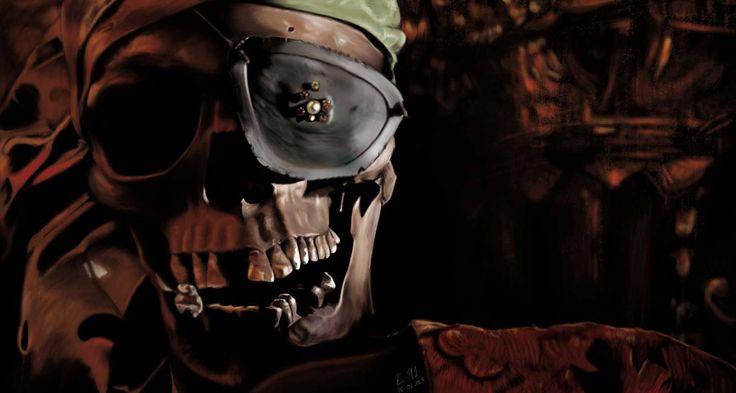
While you might remember “The Goonies” for its treasure map and pirate ship, the real gold lay in its groundbreaking effects work. Production crews devoted three months to perfecting that wild water slide sequence that had everyone holding their breath. Location scouts transformed Astoria, Oregon into a playground of possibility, utilizing 47 separate filming sites. The effects team’s 12 new techniques for miniature water photography didn’t just create movie magic—they redefined how adventure stories could be told on screen.
07. Which hockey team won four consecutive Stanley Cups from 1980 to 1983?

New York Islanders
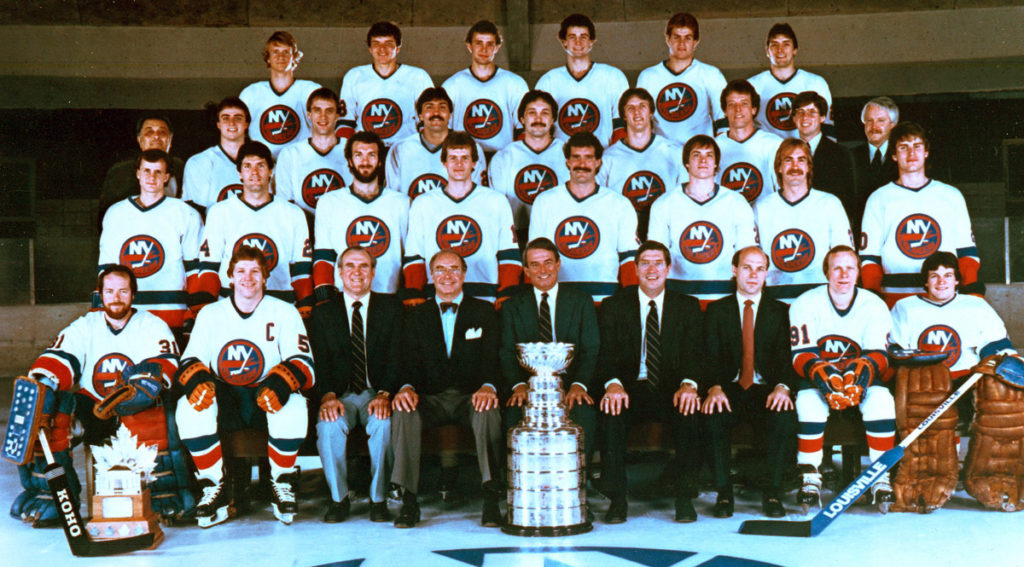
The New York Islanders didn’t just win games—they rewrote the NHL record book. Coach Al Arbour’s eight defensive systems revolutionized how teams approached the game, while Bryan Trottier racked up an astounding 179 points in a single season. If you watched hockey in the early ’80s, you witnessed their 19 consecutive playoff series victories, a streak that seemed as unbreakable as the ice they skated on. Their record-setting .750 winning percentage in elimination games didn’t just reflect talent—it demonstrated a level of clutch performance that transformed playoff hockey forever.
06. Which electronics company introduced the Walkman, a revolutionary portable music device, in the 80s?

Sony

Remember when carrying music meant lugging around something bigger than today’s laptop? Sony’s Walkman changed all that. The device’s 14-ounce frame packed unprecedented audio technology into a package that could ride in your back pocket. Manufacturing innovations slashed production costs from $350 to $150 between 1980 and 1983, while factories developed 12 new automated assembly techniques. That little box of musical freedom didn’t just change how we listen to music—it transformed where we could experience it.
05. Which 1980s toy, known for its large hair and round belly button, was originally made in Denmark?

Troll Dolls

Remember when those wild-haired trolls took over every desk and dashboard in America? The 1980s revival required 23 distinct facial molds to keep collectors hunting for rare variations. Each doll passed through 7 specialized production steps just to achieve that signature hairstyle that you couldn’t help but pet. Dam’s original design specifications demanded quality controls across 12 global factories, proving that sometimes the best comebacks start with staying true to original vision.
04. Which global music event, held in 1985, raised millions for famine relief in Africa?

Live Aid

Live Aid didn’t just host a concert—it orchestrated a technological symphony across continents. Coordinating satellite feeds from 13 countries required split-second timing that would make your home streaming issues seem trivial. The 569 audio technicians between venues created a seamless musical experience that reached 95% of global television sets. Queen’s performance didn’t just steal the show—their record sales surge of 663% proved that doing good could sound incredible.
03. Which 80s song by Bon Jovi starts with the lyrics “Tommy used to work on the docks”?

Livin’ on a Prayer
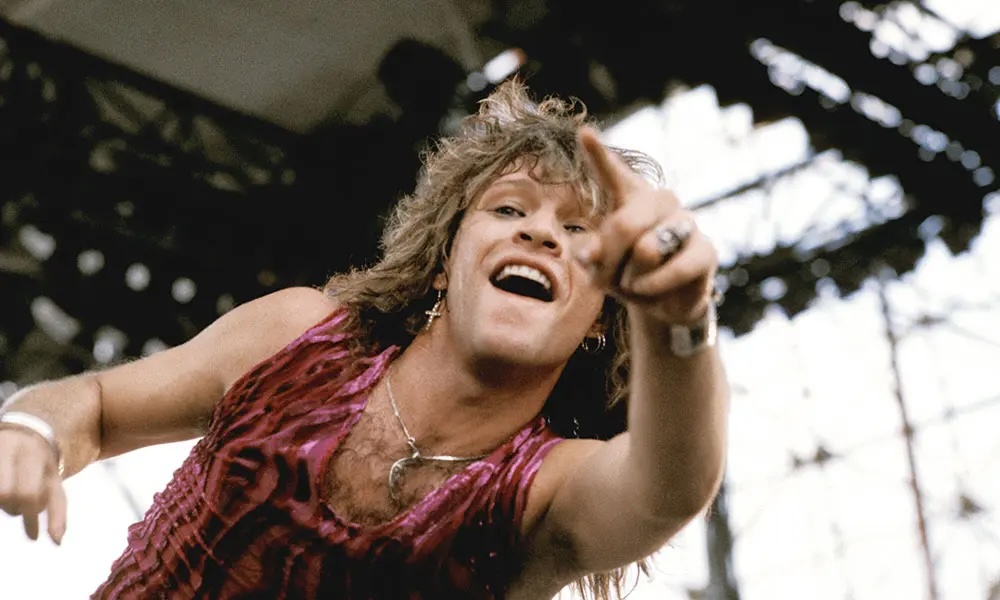
When Bon Jovi hit the studio in 1986, they weren’t just recording another song—they were capturing lightning in a bottle. The now-iconic “Livin’ on a Prayer” spent four weeks dominating Billboard’s Hot 100, while album sales soared past 12 million copies worldwide. If you’ve ever belted out that chorus, you’re experiencing the result of producer Bruce Fairbairn’s innovative recording techniques, including that talk box guitar effect that took 450 hours of MTV airtime to cement in music history. Tommy and Gina’s story didn’t just top the charts—it became the working class anthem of a generation.
02. Which 1980s health crisis became a major concern worldwide, affecting millions of people by the end of the decade?

HIV/AIDS
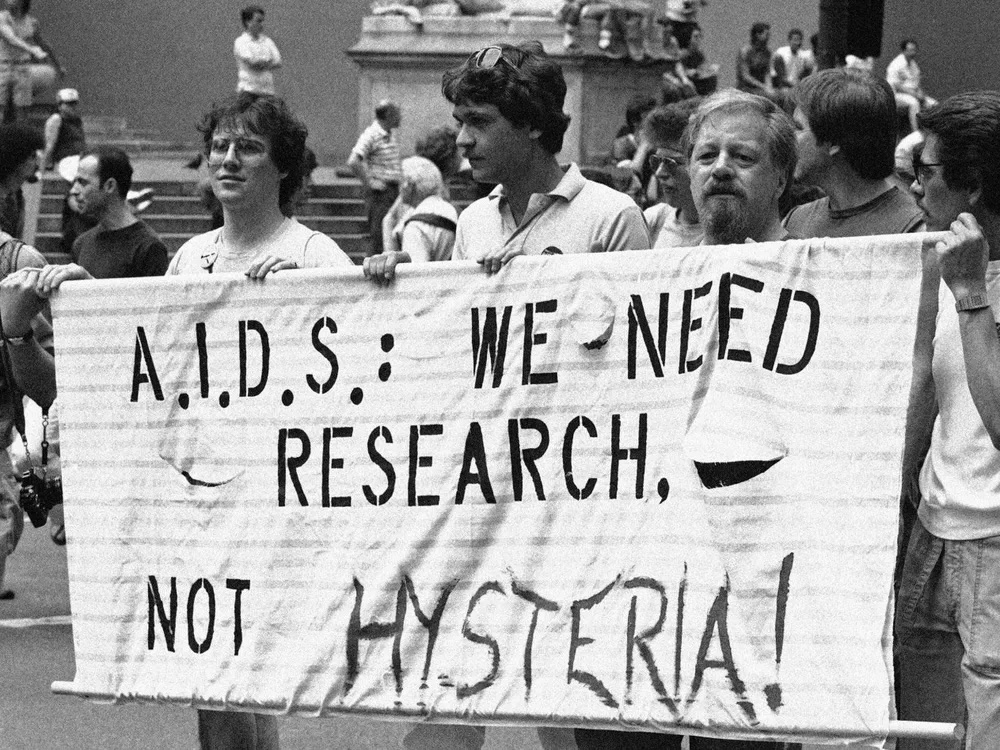
The HIV/AIDS epidemic emerged in 1981, initially identified through a cluster of rare infections in Los Angeles. By 1985, more than 12,000 Americans had died from AIDS-related complications, sparking urgent calls for medical research and social awareness. The crisis led to the allocation of $70 million in federal research funding by 1983. This public health emergency fundamentally altered medical research protocols and healthcare policy development.
01. Which U.S. President famously declared, “Mr. Gorbachev, tear down this wall!” in a 1987 speech?

Ronald Reagan
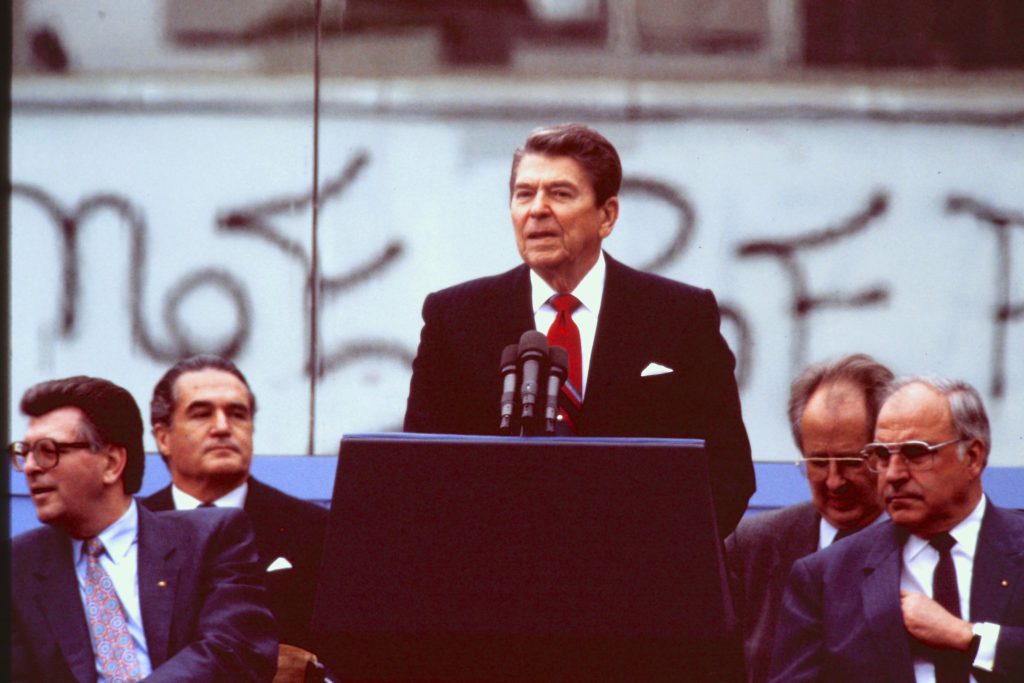
Imagine delivering a speech that could affect global politics—then multiply that pressure by a thousand. Reagan’s Brandenburg Gate address required seven major drafts and sparked intense debates throughout the State Department. The 26-minute speech packed 2,703 words of carefully crafted diplomacy, while 45,000 spectators gathered to witness history. Those famous words about tearing down walls didn’t just echo through Berlin—they reverberated through the iron curtain itself.
